The City of Vancouver is looking at changing traffic with a move sideways.
“Scramble” crosswalks enable pedestrians to cross lanes diagonally instead of cycling through crossings in each direction. One of the best-known scrambles, Shibuya Crossing in Tokyo, has been featured in films such as “Lost in Translation” and “The Fast and the Furious” series.
In Vancouver’s case, the street intersecting the Vancouver Art Gallery and Robson Square located between Howe Street and Hornby Street in the city’s downtown has become a favourite vehicle-free gathering place for tourists and residents alike to relax and socialize.
The city is looking to put crossings similar to a traditional scramble on both ends of the street, said City of Vancouver manager of traffic and data management Winston Chou.
“At this point we’re looking for an ‘all walk’ phase, which is different from a traditional scramble,” Chou said.
A scramble, he explained, allows diagonal crossing, which requires a longer time for pedestrians to cross the street.
“We’re looking at an all-walk area, where vehicles stop and pedestrians cross on all crosswalks,” he said.
“We’ve been looking at doing something like this in all of Vancouver. It’s always been in the toolkit, but we were looking for a good fit where it would work.”
Part of the criteria for determining whether modification of the crossing is warranted, Chou said, is ensuring there would be a demand for the change.
“Robson Square sees 2,500 pedestrians an hour. There are lots of tourists and people shopping and spending time in the square, so there is a demand for it,” he said.
An important consideration before implementing a scramble or similar crossing is the impact on traffic, Chou said.
“800 Robson would be a dedicated space for programming, so there would be a lot of turn movements from Robson onto Hornby, and we wanted to address some of those turning conflicts,” he said.
“Left turns are one of the highest incident collisions, and we’re looking at an all-walk phase that would deal with that conflict.”
The city is also looking to accommodate cyclists who already have a dedicated bike lane though the intersection.
“If we need to add cycling signage, we could certainly do that. This is something we want to trail in Vancouver, as we want to promote walking and biking,” Chou said, adding the city would monitor the crossing over time and make adjustments as necessary.
Vancouver has looked at other possible areas to implement scramble crossings, Chou said, including the intersections between Burrard and Robson, Thurlow and Robson and the busy Broadway-Cambie intersection.
“The concern (with Broadway and Cambie) is looking at the various criteria and what the impacts would be. We don’t want to have a negative impact on one specific mode and we have seen negative impacts on transit when looking through traffic modelling,” Chou said.
“It stops all traffic and you have to allocate time to cross, and queuing at intersections can be substantial. Broadway has a dedicated transit lane, but if all turning movements are stopped, that has a real impact on transit operations and the queueing and impact on transit is just too great.
“Of course there’s a subway coming in, so we’ll continue to look at the area,” Chou said.
Chou noted while Vancouver currently has no scramble crossings, this was not always the case.
“Vancouver was one of the first cities to have scrambles back in the 1950s, but over time as street cars were replaced by private automobiles and traffic police weren’t controlling intersections, scrambles were phased out,” he said.
“But over the last 15 to 20 years, we’ve been looking for opportunities to bring it back.”





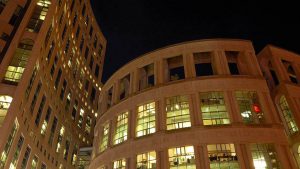
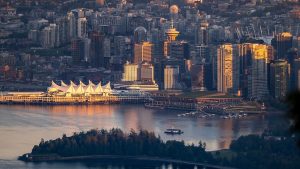

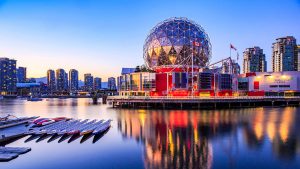
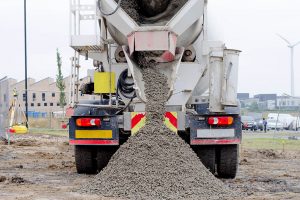
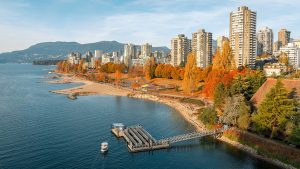
Recent Comments
comments for this post are closed